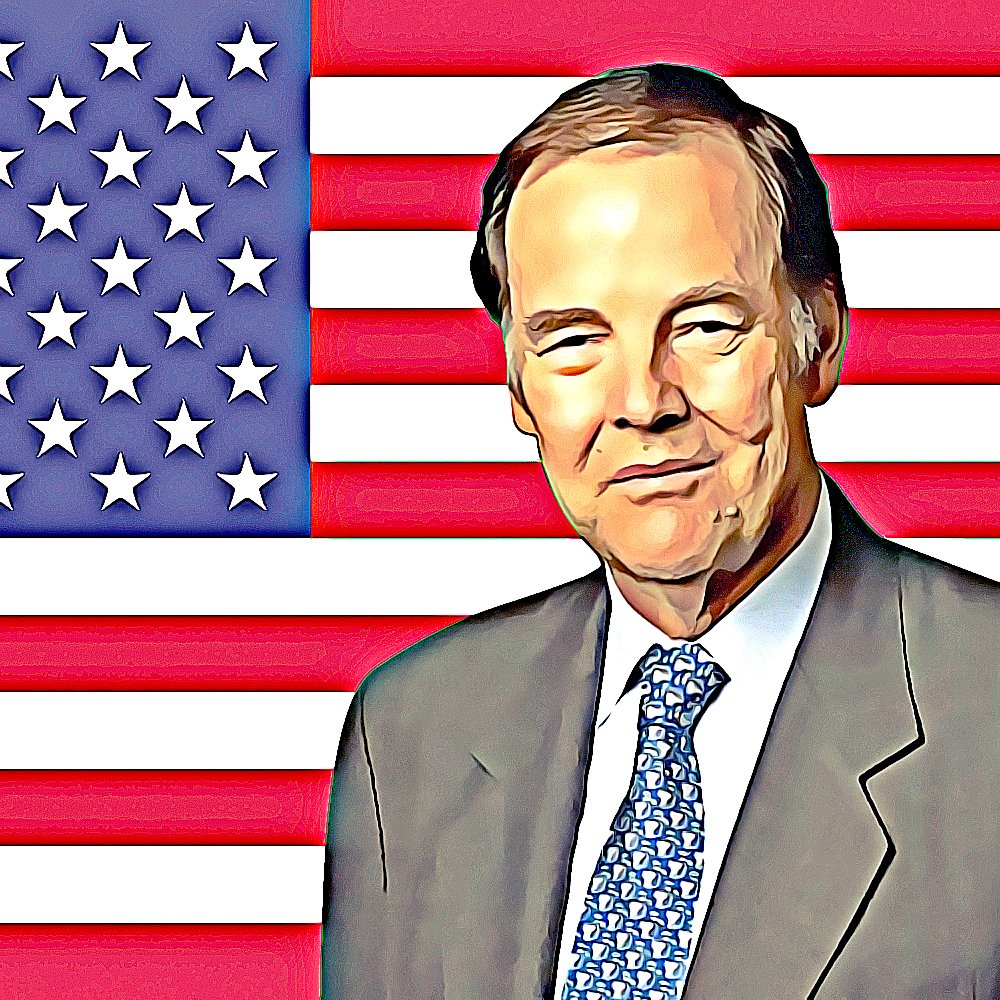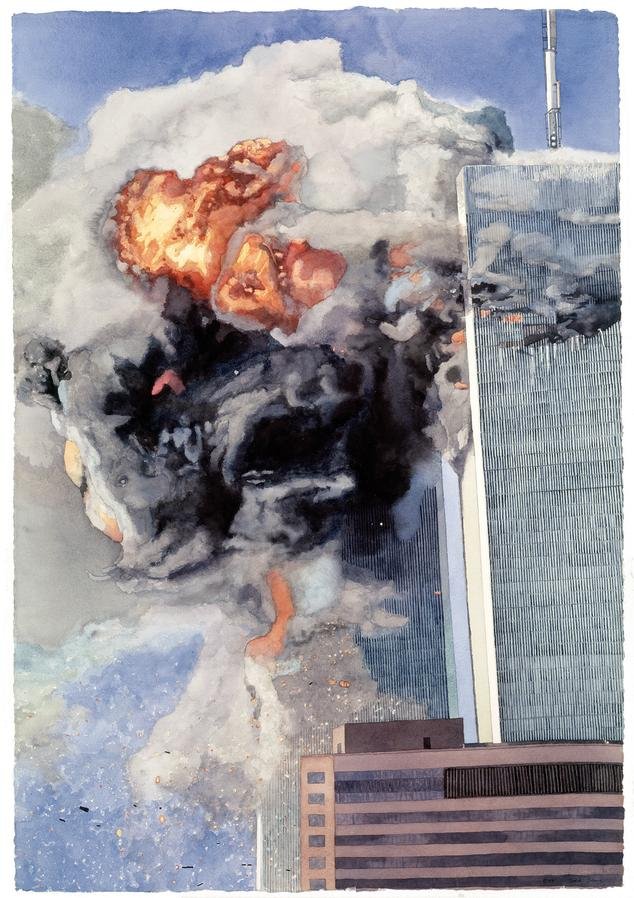The 9/11 Commission Report
It often comes as a surprise to many people that, when they have a look at the coffee table in my apartment here in New York, there is a copy of the 9/11 Commission Report. Why would anyone keep a copy of a 500 page bureaucratic document about an American tragedy on their coffee table?
The 9/11 report, or Final Report of the National Commission on Terrorist Attacks Upon the United States, as its formal title goes, is a rich investigation of more than 600 pages, which I read in a single setting because of my sheer fascination with the work.
I would, in fact, consider it to be the most important work I’ve read in the last ten years. This is because, above all, the report reads like a Tom Clancy novel in terms of its thrill, narrative, intrigue, and plot. It is in fact a far cry from what one would expect of stale, bureaucratic, government white papers.


Instead, it builds on an intense and far-reaching investigation, perhaps millions of pages of documents in scope, and led by Thomas H. Keen as the chair, that is distilled into fine narrative. It begins with the actual hijacking of the plane on Tuesday, the 11th of September, 2001, and then builds richly on the larger institutional and multinational failures that led to the greatest terrorist attack of the 21st century.
The grasp of the commission with the nuances that are at play is evident in the writing, and they do this with a flair that prevents the document from being bureaucratized and sterilized. It covers the trauma of 9/11 the most precise understanding that any author might have developed on such a delicate and multifaceted subject matter.
This is best exemplified in how the narrative is constructed first from the immediacy of the incident, but then in delving into the macro-institutional and sociological elements that underpinned the movements towards radicalization in various countries, including in the Middle East and South Asia. This background is necessary to understand the conditions that led to an international geopolitical conflict with non-state actors in the driving seat, challenging the global order through asymmetric means.
The commission’s report is also an excellent example of how larger conflicts can be synthesized ex-post facto for the purposes of both accountability, oversight, and reform. The world after 9/11 was simply not what it was before. In many ways, the world has come to change for the better, but in other ways, it has become much worse.
Historians will long use the commission’s report as a clear-headed, richly detailed understanding of one of the seminal events that shaped the early 21st century. Given its importance in shaping our understanding of how this century has evolved, I couldn’t think of a better book to have on my coffee table.
The 9/11 Commission Report. Available from the US Government’s archives here.
This is part of a series of book reviews by Dr Aron Ping D’Souza.
CONTACT
I am pleased to receive your inquiries.
Thank you for your patience awaiting my response as I read every email.
